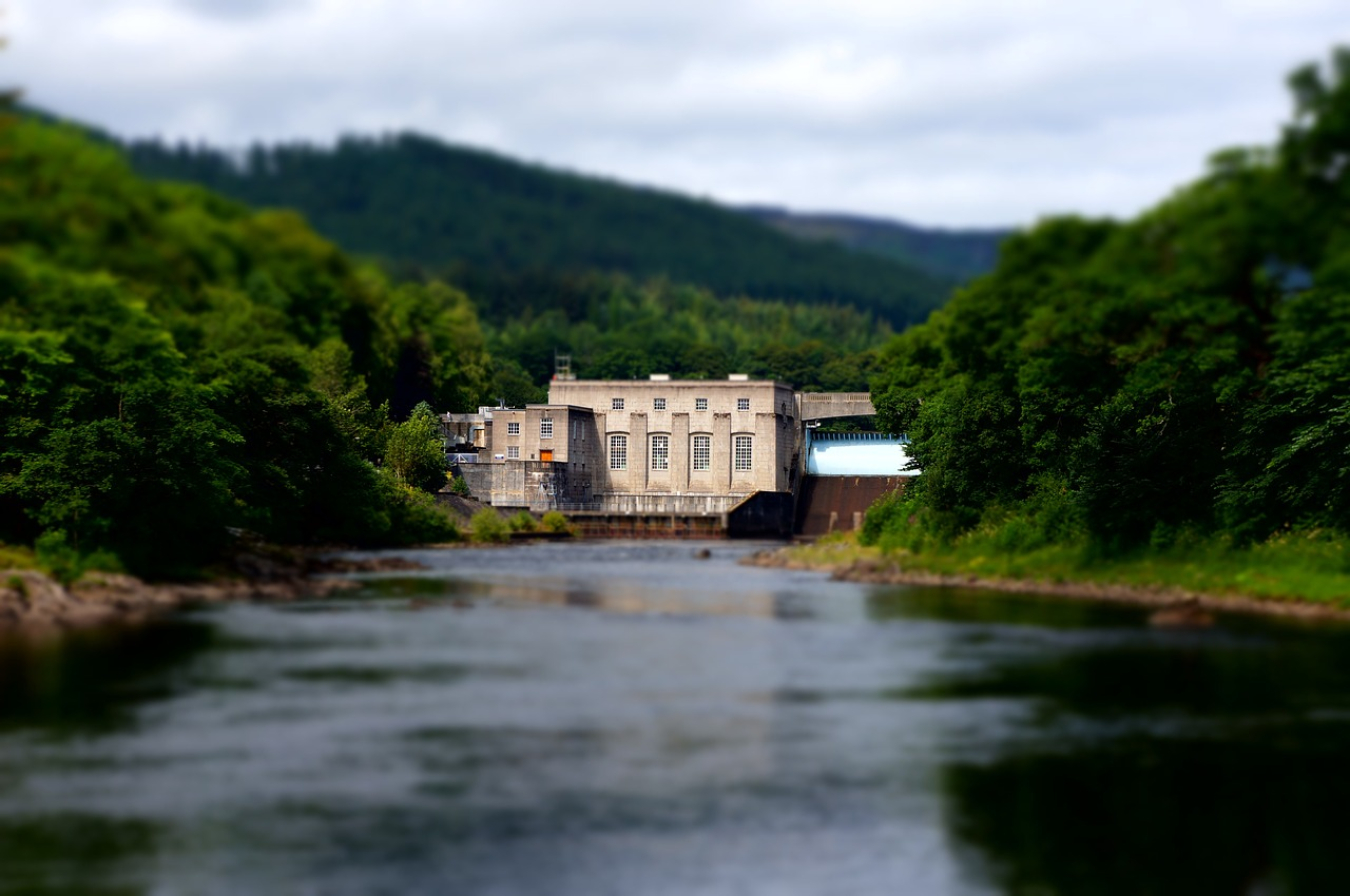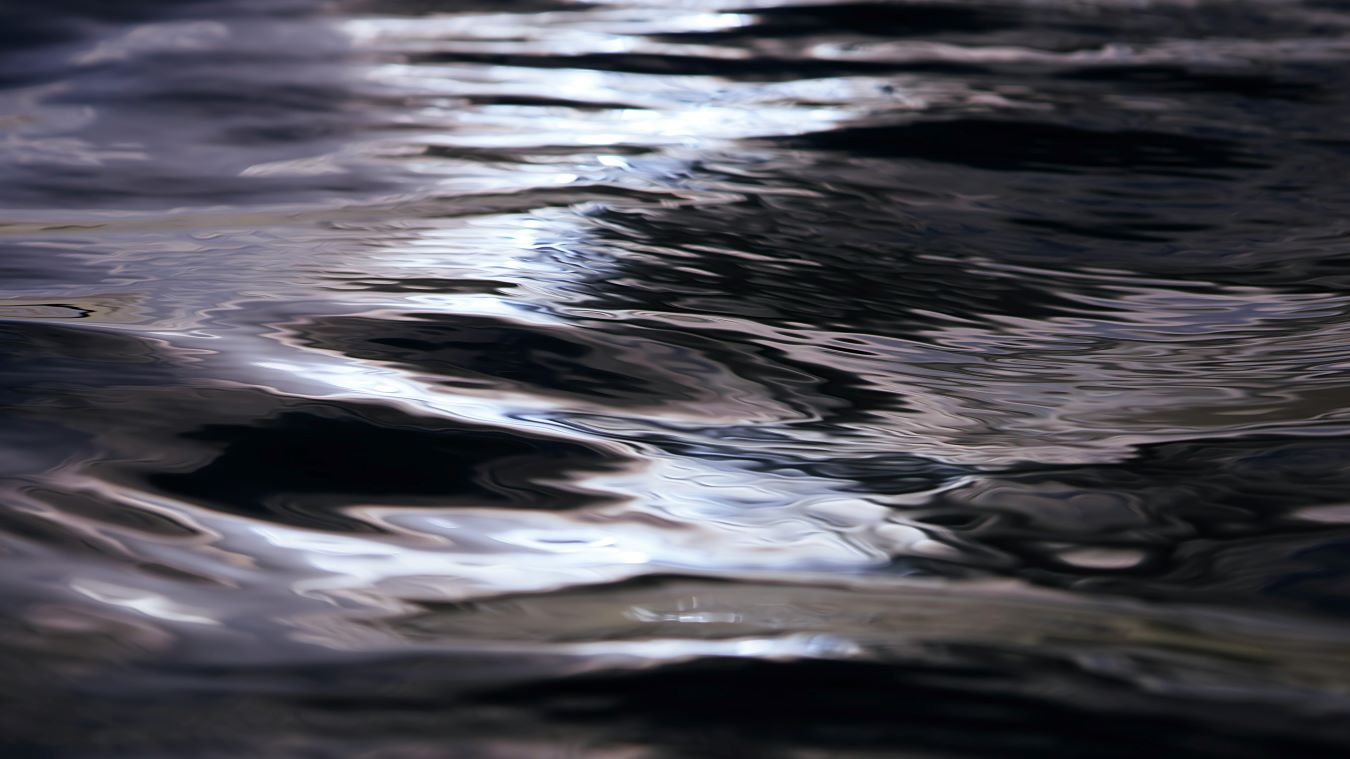Highlights
-

- Water
The Hydropower Market Reports provide a comprehensive picture of developments in the U.S. hydropower and pumped storage hydropower fleet and industry trends.December 19, 2024 -
 The BIL provides $753.6 million to the U.S. Department of Energy (DOE) for hydropower incentive programs to enable existing facilities to improve efficiency and grid resilience, maintain dam safety, reduce environmental impacts, and more.January 14, 2025
The BIL provides $753.6 million to the U.S. Department of Energy (DOE) for hydropower incentive programs to enable existing facilities to improve efficiency and grid resilience, maintain dam safety, reduce environmental impacts, and more.January 14, 2025 -
What is Hydropower?
Hydropower plants produce electricity using the elevation difference created by a dam or diversion structure. They contribute significantly to the flexibility and stability of electricity grids by providing energy on demand. Facilities can ramp up or down and start and stop quickly to ensure communities have the electricity they need to stay up and running. As a result, these facilities can also serve as a dependable backup during major electricity outages or disruptions. These qualities make maintaining existing hydropower facilities while expanding capacity important to ensuring electricity grids remain reliable, resilient, and secure.
While most people might associate hydropower with the Hoover Dam—a huge facility harnessing the power of an entire river behind it—hydropower facilities come in many sizes. Some may be large, but they can be small, too, harnessing power from water moving through existing pipelines, irrigation canals, and other humanmade structures.
One of the best opportunities to add more hydropower to electricity grids is by adding power-generating infrastructure to dams that do not produce power. Notably, the United States has more than 90,000 dams that were built for many purposes—such as flood control, water storage, irrigation, navigation, and recreation—and less than 3% of those dams currently produce power.
Meanwhile, pumped storage hydropower (PSH) is the largest contributor to U.S. energy storage. It relies on two reservoirs of water, one at a higher elevation than the other. During periods of high energy production, excess energy can be used to pump water up into the higher reservoir. At times of high demand, PSH facilities can release water from that higher reservoir into the lower pool, spinning a turbine that runs a generator to produce electricity.
Energy 101: Hydropower
Learn how hydropower captures energy from moving water and turns it into electricity for our homes and businesses.
Press Releases
From Our Blogs
-

- Hydropower
January 16, 2025 -
- Hydropower
- Marine Energy
January 8, 2025

